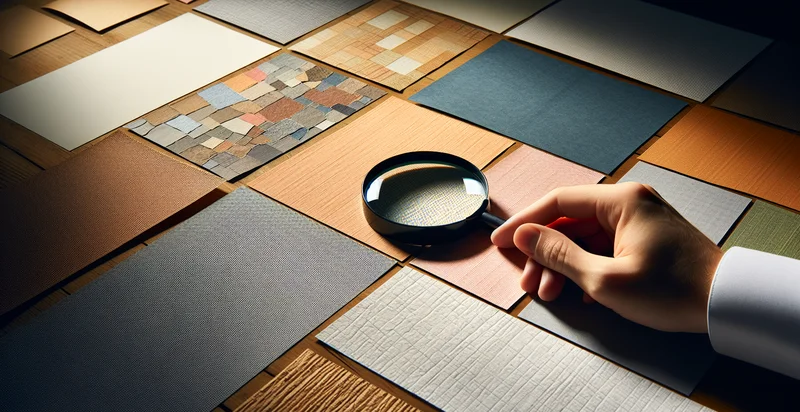Identify what material a paper clip is made from
using AI
Below is a free classifier to identify what material a paper clip is made from. Just upload your image, and our AI will predict what material a paper clip is made from - in just seconds.

Contact us for API access
Or, use Nyckel to build highly-accurate custom classifiers in just minutes. No PhD required.
Get started
import nyckel
credentials = nyckel.Credentials("YOUR_CLIENT_ID", "YOUR_CLIENT_SECRET")
nyckel.invoke("what-material-a-paper-clip-is-made-from", "your_image_url", credentials)
fetch('https://www.nyckel.com/v1/functions/what-material-a-paper-clip-is-made-from/invoke', {
method: 'POST',
headers: {
'Authorization': 'Bearer ' + 'YOUR_BEARER_TOKEN',
'Content-Type': 'application/json',
},
body: JSON.stringify(
{"data": "your_image_url"}
)
})
.then(response => response.json())
.then(data => console.log(data));
curl -X POST \
-H "Content-Type: application/json" \
-H "Authorization: Bearer YOUR_BEARER_TOKEN" \
-d '{"data": "your_image_url"}' \
https://www.nyckel.com/v1/functions/what-material-a-paper-clip-is-made-from/invoke
How this classifier works
To start, upload your image. Our AI tool will then predict what material a paper clip is made from.
This pretrained image model uses a Nyckel-created dataset and has 8 labels, including Aluminum, Brass, Copper, Galvanized Steel, Metal, Plastic, Steel and Wire.
We'll also show a confidence score (the higher the number, the more confident the AI model is around what material a paper clip is made from).
Whether you're just curious or building what material a paper clip is made from detection into your application, we hope our classifier proves helpful.
Related Classifiers
Need to identify what material a paper clip is made from at scale?
Get API or Zapier access to this classifier for free. It's perfect for:
- Material Verification: In manufacturing, this function can verify the materials used in paper clips to ensure compliance with regulatory standards and quality requirements. This can help prevent the mixing of incompatible materials and maintain product integrity.
- Quality Control: In production lines, the function can be deployed to classify the materials of paper clips as they are produced. By identifying defects or incorrect material usage early in the process, manufacturers can reduce waste and improve overall quality.
- Supply Chain Management: Suppliers can use this function to validate the materials of paper clips before shipping them to clients. This ensures that the correct type of paper clips, made from specified materials, are delivered, minimizing procurement errors.
- Product Development: During the design phase, material identification can aid in assessing the feasibility of new paper clip designs. Designers can experiment with different materials and quickly determine their properties and performance against existing standards.
- Recycling Programs: This function can assist recycling centers in correctly sorting paper clips based on their material composition. By accurately identifying materials, recycling facilities can optimize their processes to recover metals and improve sustainability efforts.
- Consumer Insights: Retailers can utilize this classification function to educate consumers on the material differences in paper clips. By offering insights into material properties, businesses can enhance marketing strategies and cater to environmentally conscious customers.
- Customization Services: Businesses providing personalized paper clip services can use this function to identify customer-specific material requests. By accurately classifying the materials, companies can ensure they meet customer specifications and design preferences reliably.


